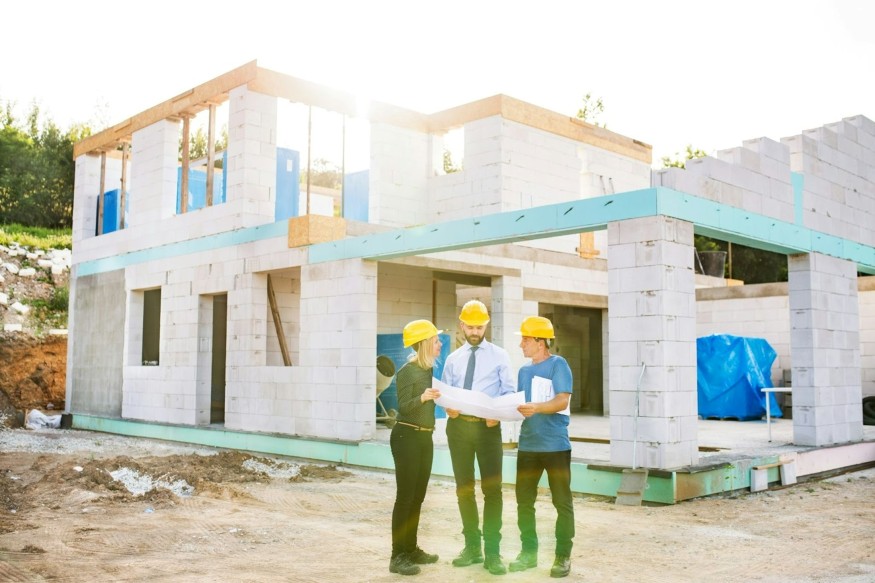As Brandon Jones Davidson Homes knows all too well, the challenges of rapid expansion introduce stretched labor forces, unpredictable material prices, and coordination issues across job sites. Without a plan, these hurdles can stall progress and strain budgets. Some regional builders have seen growth stall after trying to scale too quickly, revealing the importance of having systems in place before expanding.
A lack of alignment between departments leads to costly delays. Structured growth helps avoid missteps. When teams, processes, and supply chains are aligned, contractors can deliver on projects without sacrificing performance or customer satisfaction.
Strengthening Operational Systems
A strong operational foundation is essential to managing growth in homebuilding. Builders who scale successfully often invest early in systems that support consistency across projects—whether it's scheduling, budgeting, or procurement. By using cloud-based project management tools, they can keep timelines tight and teams aligned even across multiple job sites.
Data-driven planning allows builders to anticipate demand and adjust resource allocation in real time. A company expanding into a new region might study sales velocity, permitting trends, and labor availability before committing to new builds. These insights help reduce delays and prevent overextension. Some firms even appoint regional analysts to monitor trends and feed updates into centralized systems.
Assembling Scalable Teams
Growth starts with the right team. Hiring with scalability in mind means choosing candidates who not only bring the right skills but can grow into leadership roles as operations expand. Construction companies that scale well often look for team members who can adapt to new tools, new markets, and new challenges.
Retaining talent is just as critical. When builders invest in training programs, they create a workforce that understands company standards and can apply them consistently. One national builder reduced reworks and delays by developing an internal certification program for site supervisors.
As operations spread across regions, communication becomes more complex. Organizing teams to support multi-site management—with clear reporting structures and shared goals—avoids confusion and keeps projects moving forward. Effective communication platforms and clearly defined responsibilities are key to avoiding project bottlenecks.
Optimizing Supply Chains and Vendor Relationships
A dependable supply chain is the backbone of scalable operations. Builders who have long-term relationships with suppliers and trade partners often weather disruptions better than those who rely on spot-market pricing or one-off deals. When trust is built over time, partners are more likely to prioritize your projects during high-demand periods.
Some builders are shifting toward modular and off-site construction to reduce reliance on unpredictable labor pools and improve delivery timelines. These approaches introduce efficiencies that traditional methods can't always match, particularly when managing multiple builds across regions. Prefabrication also minimizes weather-related delays and quality variances.
Consistency in materials and labor availability doesn't happen by chance. It's the result of proactive planning and strong partner engagement, both of which become increasingly important as operations grow. Builders who integrate suppliers into their planning cycles often see improved lead times and fewer surprises in the field.
Scaling doesn't mean sacrificing craftsmanship—builders who grow successfully often rely on repeatable home designs to streamline construction, without making homes feel generic, while still offering buyers room for personalization within defined parameters.
Maintaining quality across multiple job sites requires more than good intentions. It demands systems for inspections, feedback loops, and accountability. Some firms assign regional quality leads who rotate among projects to uphold standards and spot issues early. These leads also serve as liaisons between field staff and corporate quality teams.
Buyers notice when consistency is lacking. Producing a uniform experience—whether in finishes, layouts, or service—builds trust and drives referrals, which are crucial during expansion.
Tracking Progress and Learning from Experience
Builders committed to scaling smart rely on metrics to guide decisions—everything from build cycle times and cost-per-square-foot to customer satisfaction and warranty claims. These indicators highlight what's working and where adjustments are needed. Regular reporting cycles help maintain accountability at every level.
Insights often come from the field. Project managers, trade partners, and even homeowners provide feedback that reveals bottlenecks or opportunities. One regional builder improved closeout times by adjusting their punch list process based on site crew input. Field insights also help uncover training gaps and process breakdowns.
Looking at peers who've scaled successfully can offer a roadmap. While every market is unique, patterns emerge among those who've expanded thoughtfully: disciplined execution, adaptable teams, and relentless focus on quality. Builders that embrace a learning mindset treat every project as a chance to refine and improve their systems.
© Copyright 2025 Sports World News, All rights reserved. Do not reproduce without permission.











